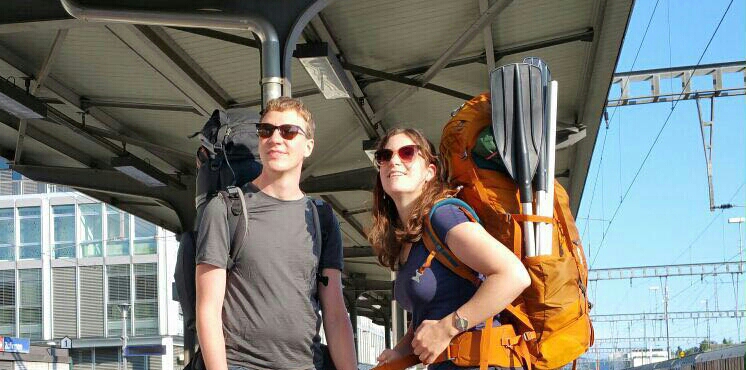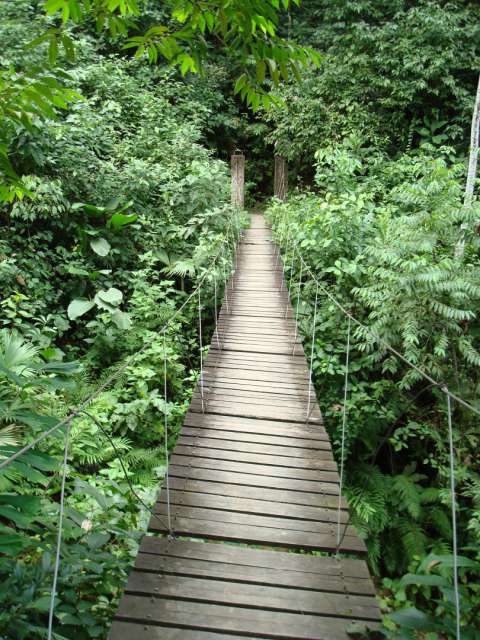Sri Lanka - a natural paradise
പ്രസിദ്ധീകരിച്ചു: 04.06.2017
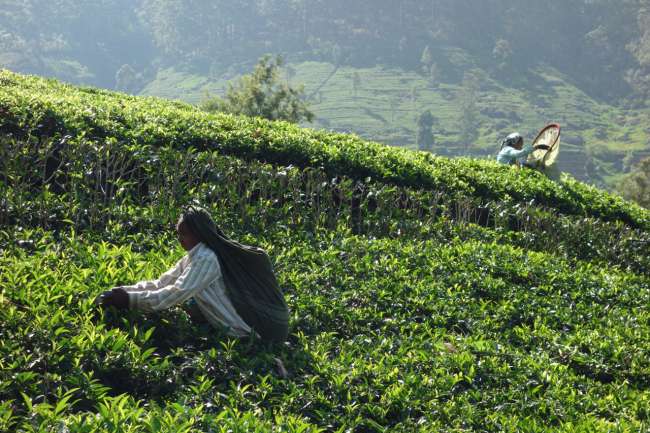
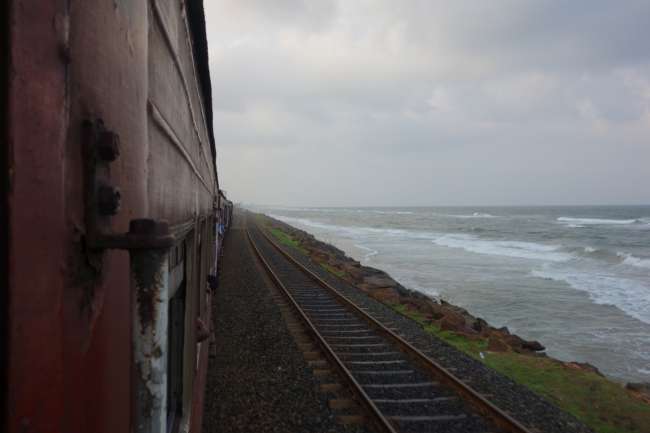
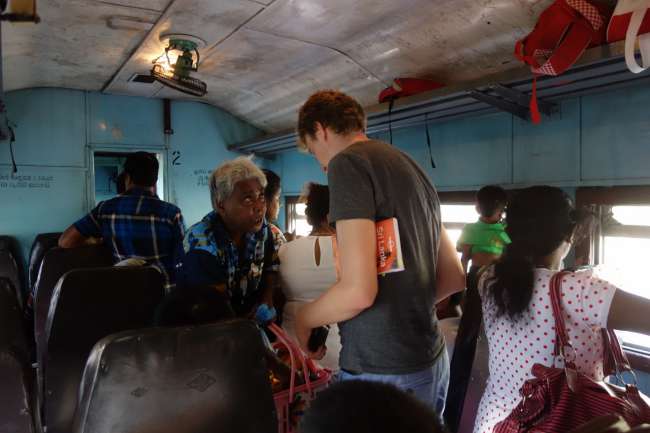
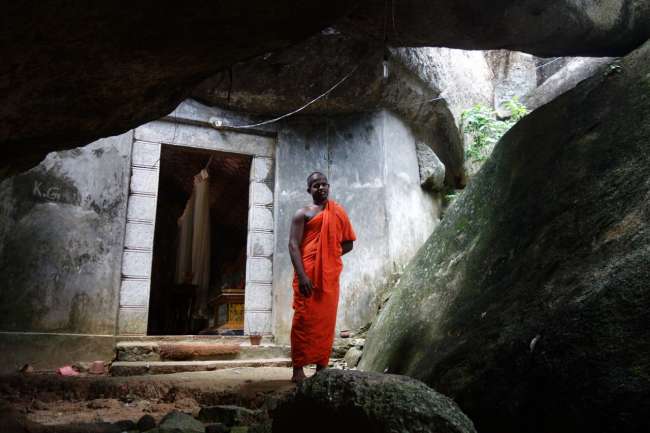
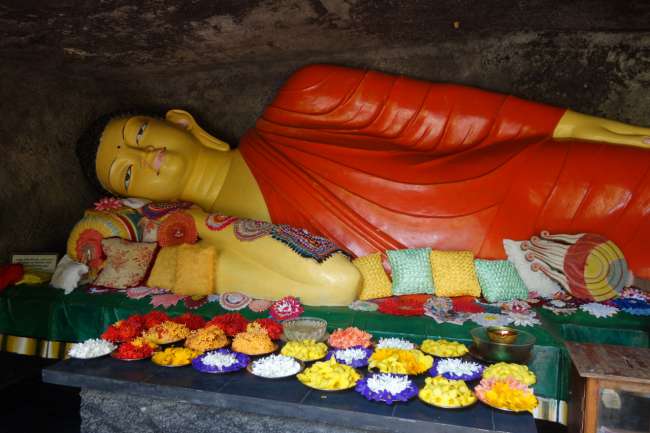
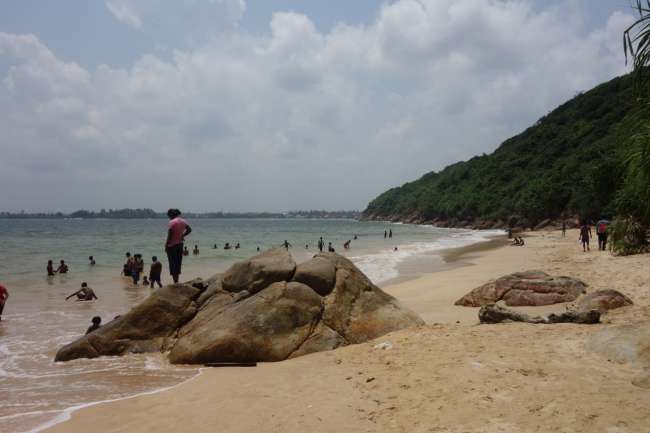
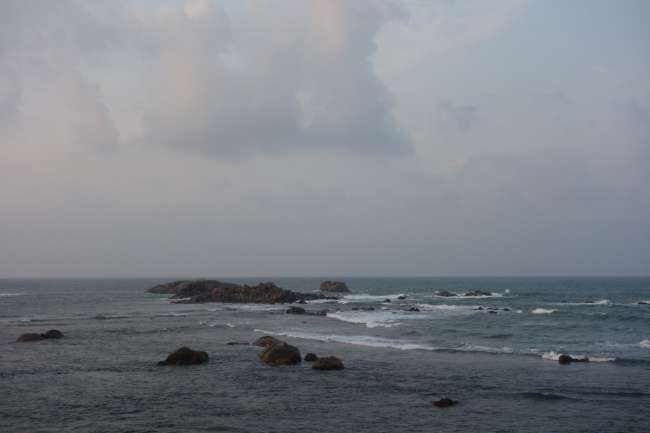
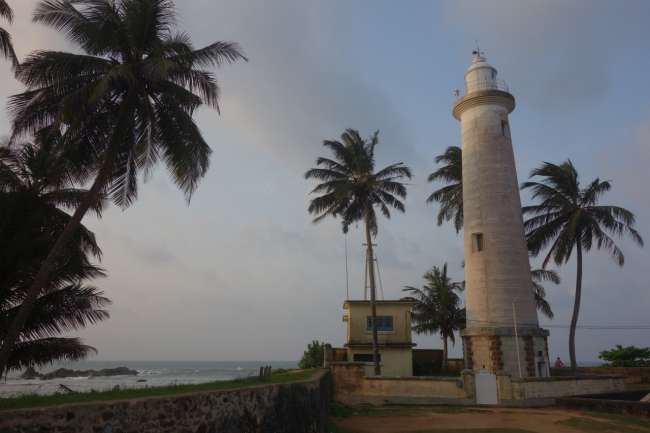
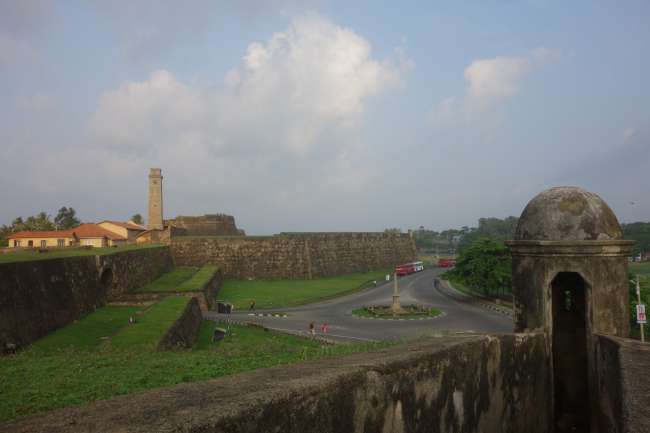
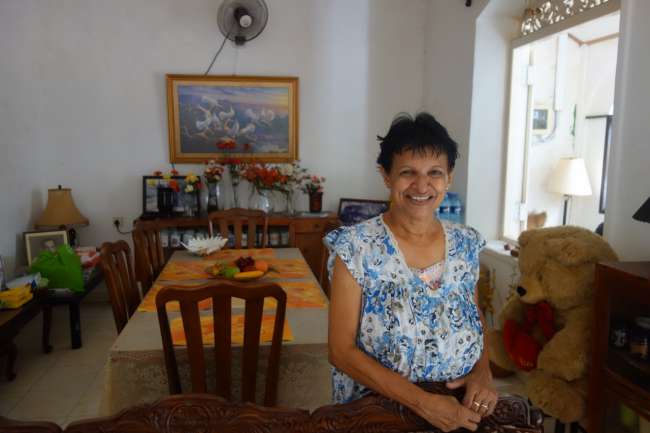
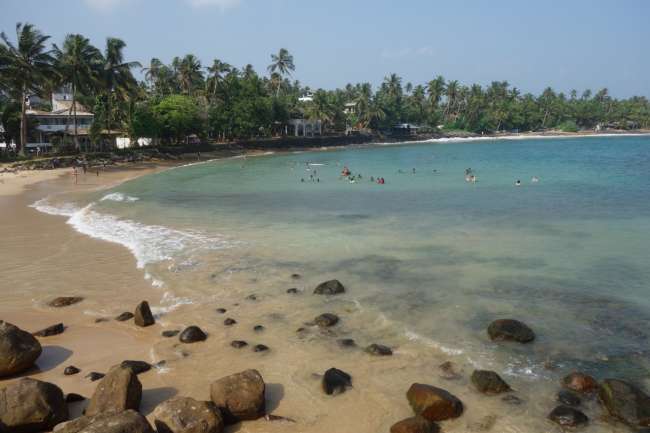
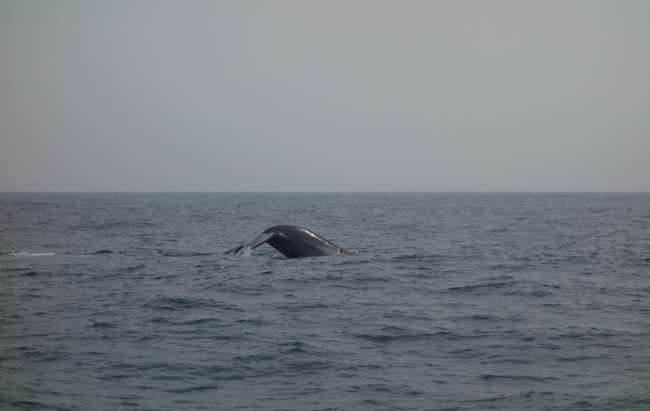
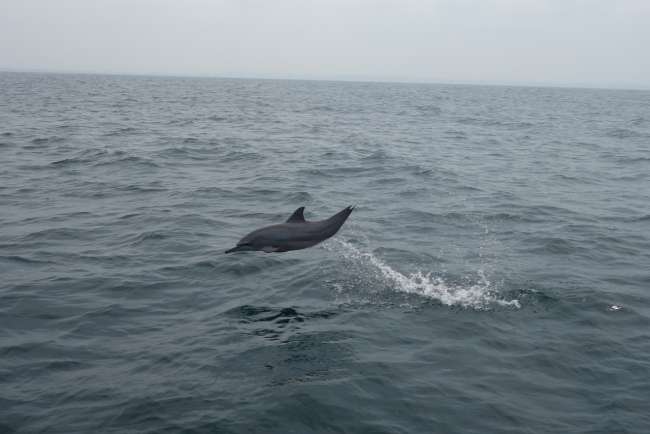
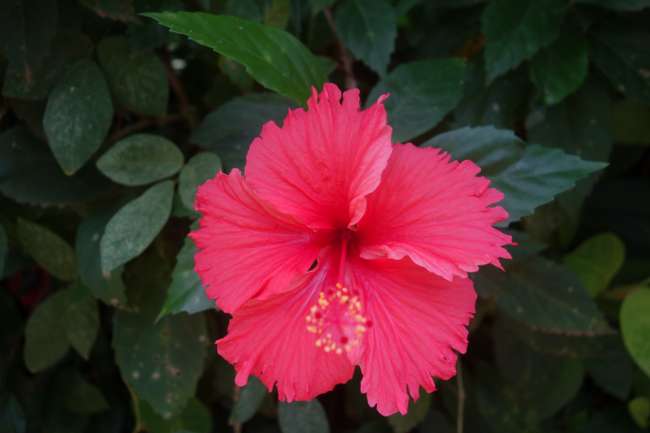
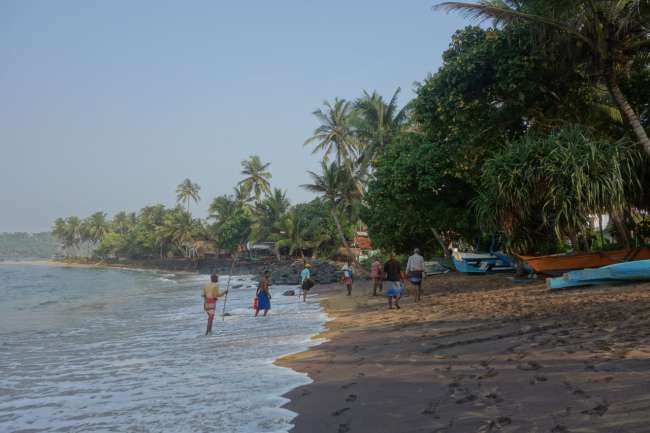
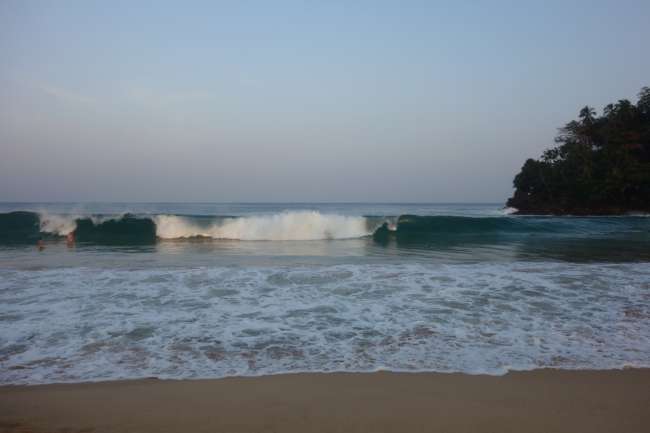
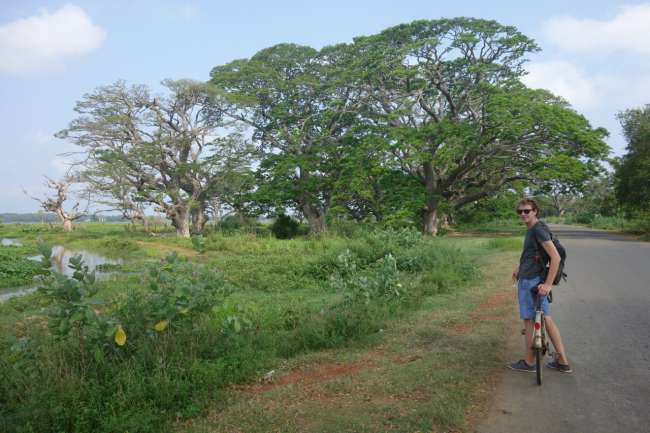
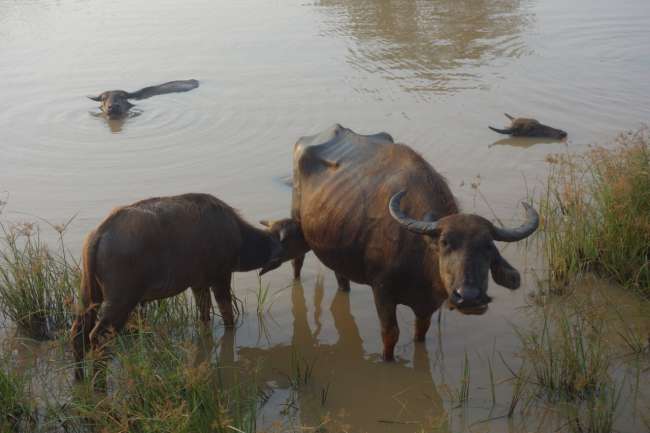
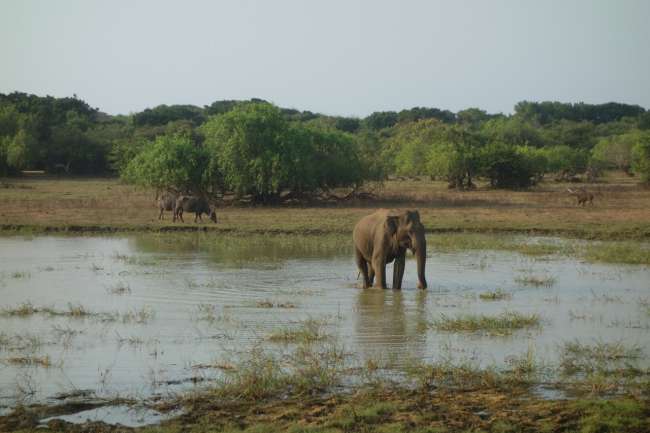
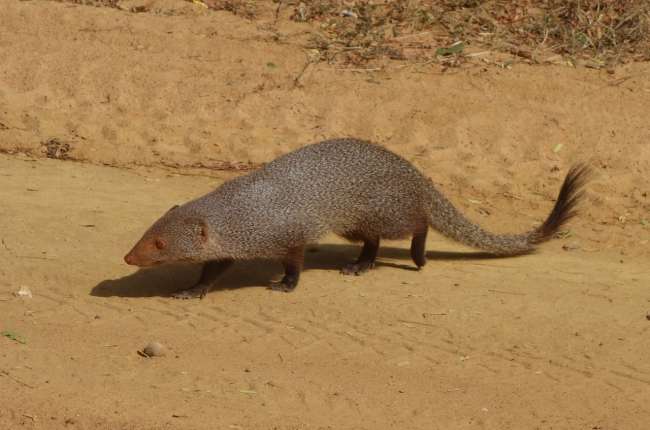
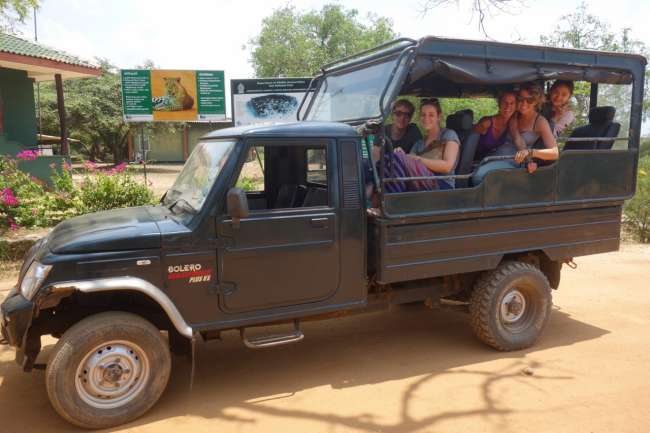
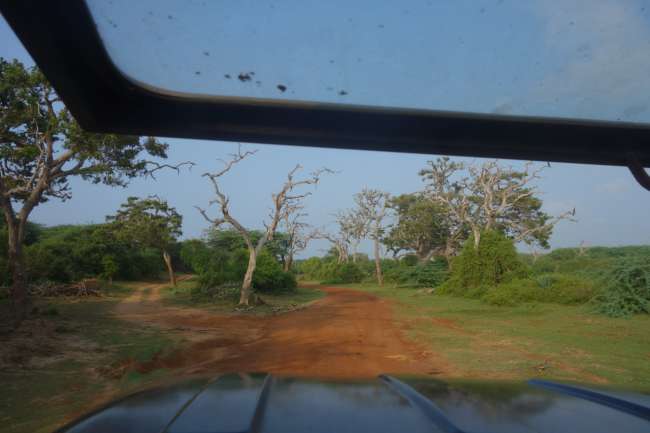
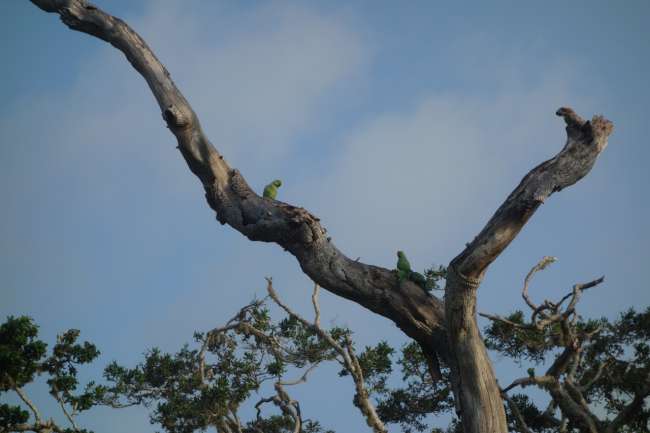
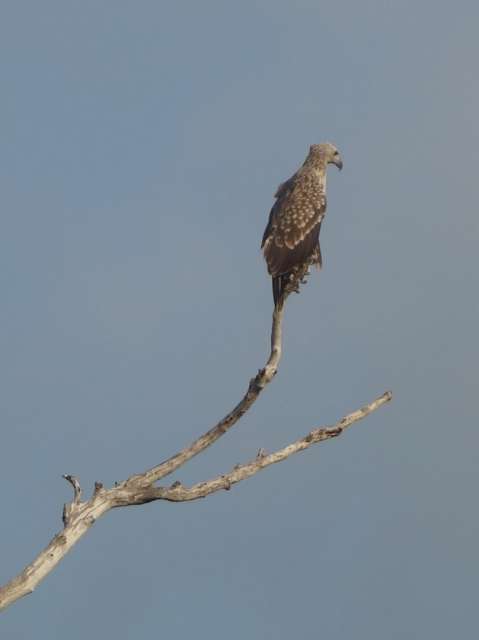
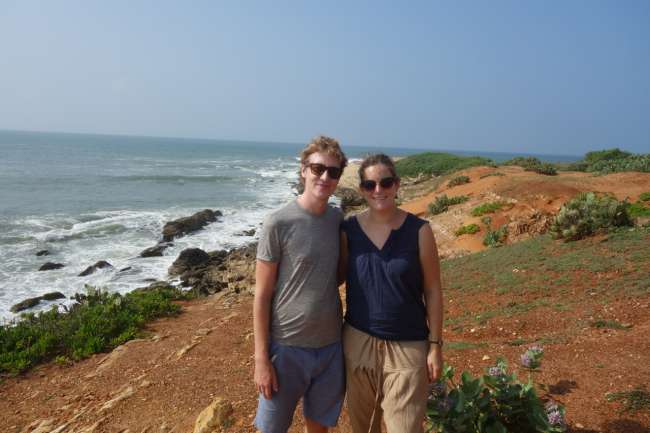
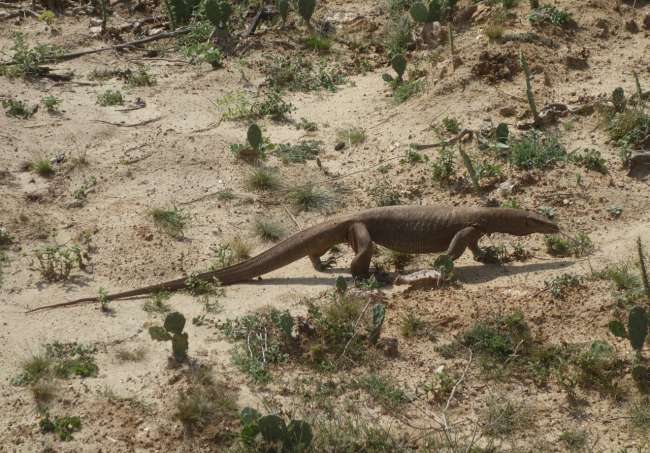
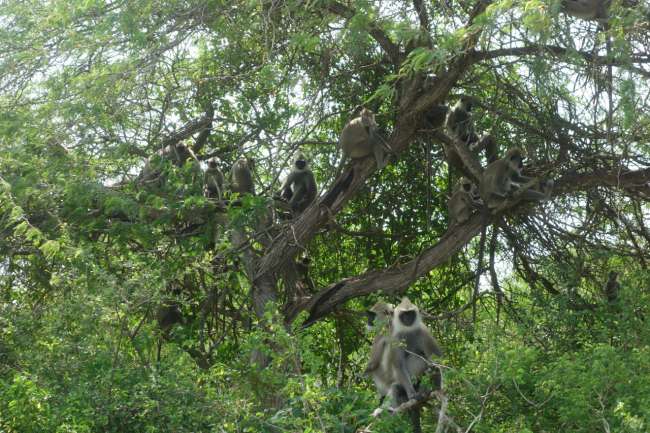
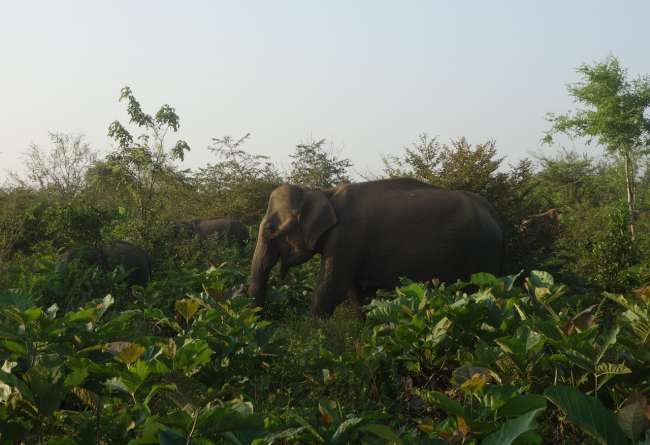
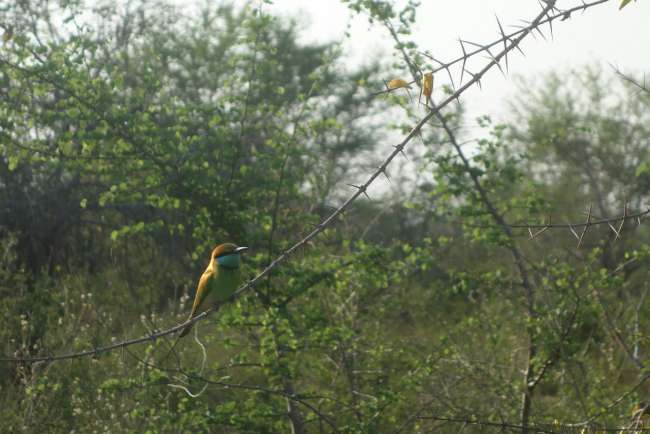
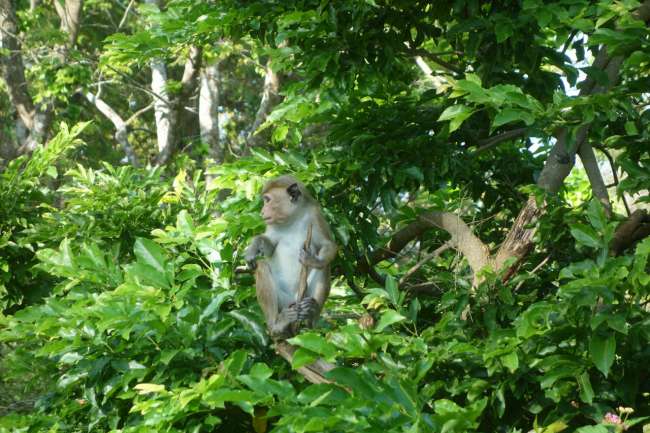
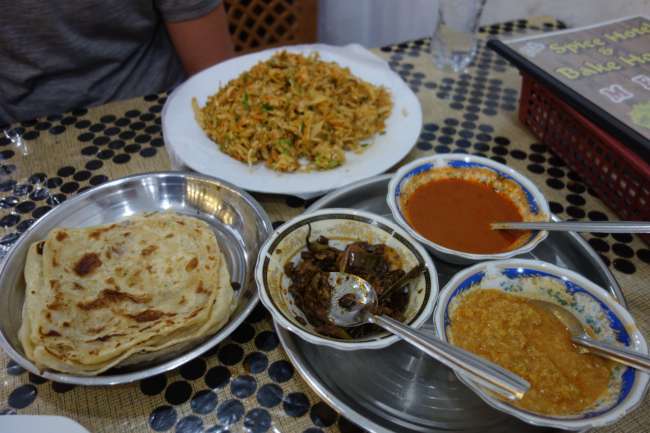
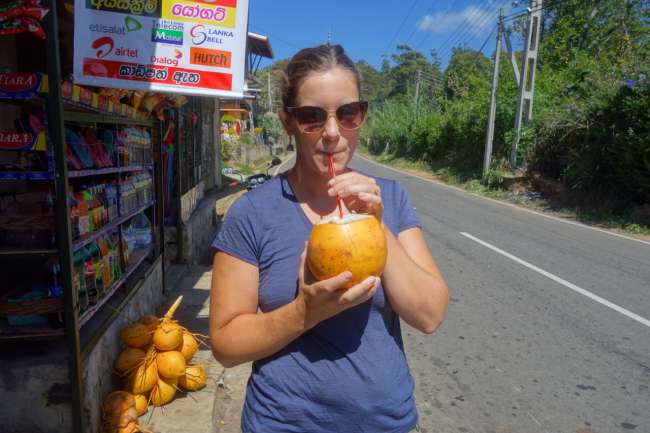
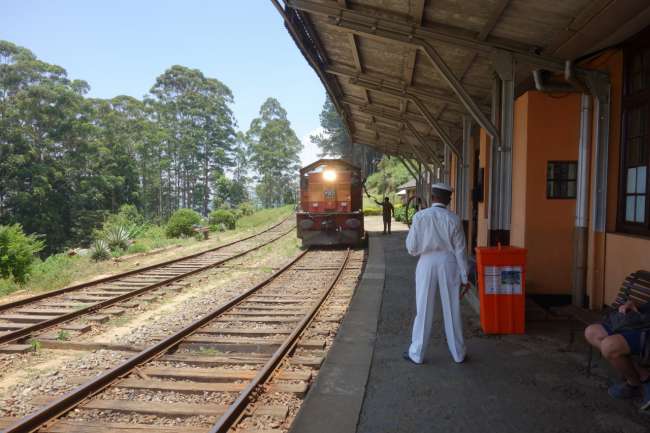
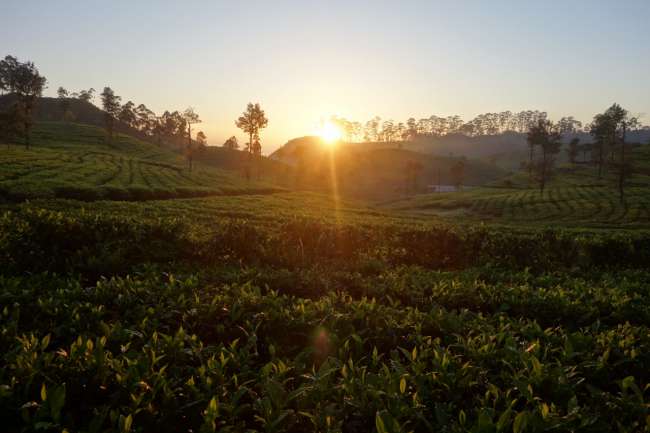
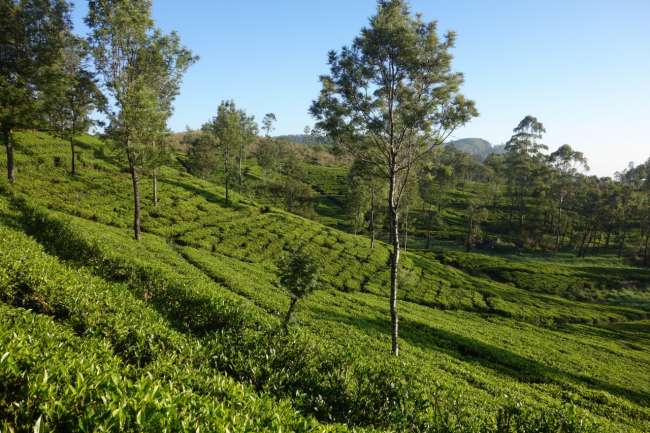
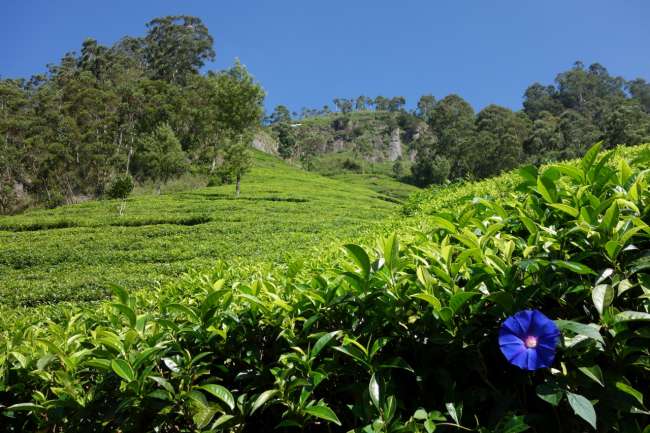
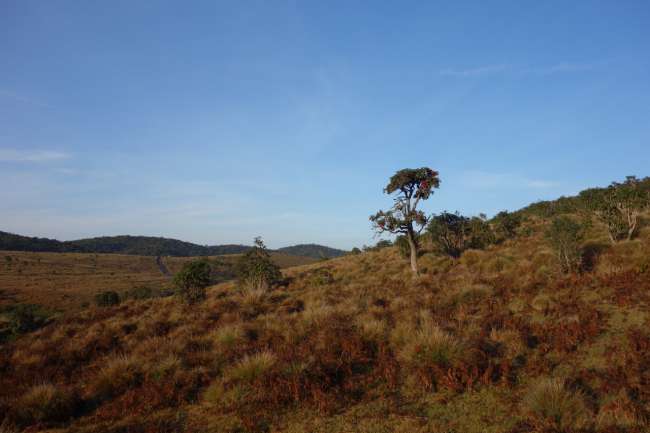
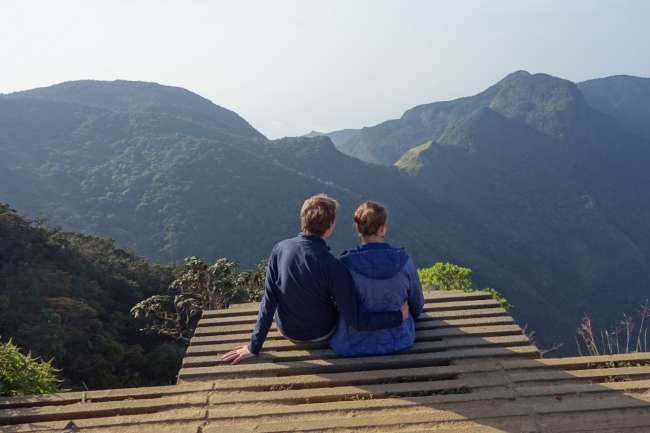
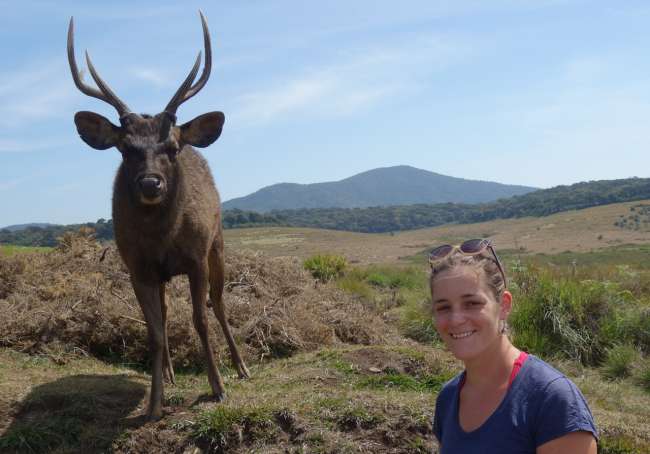
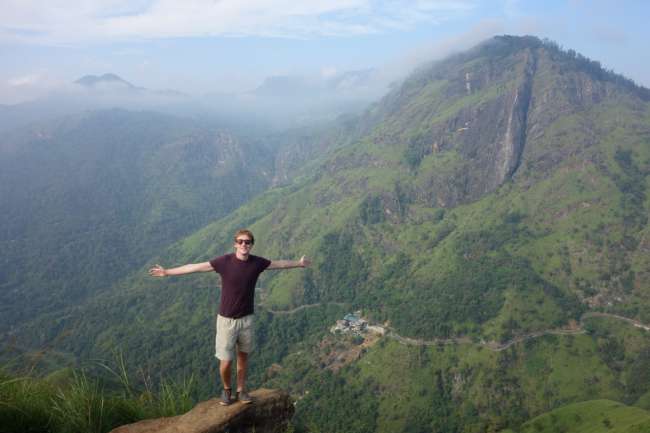
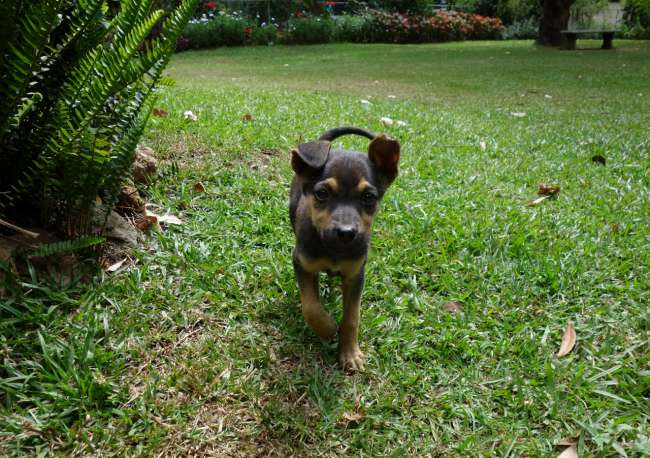
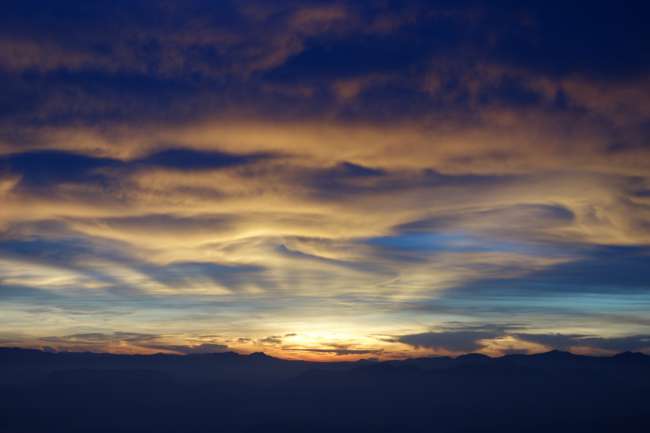
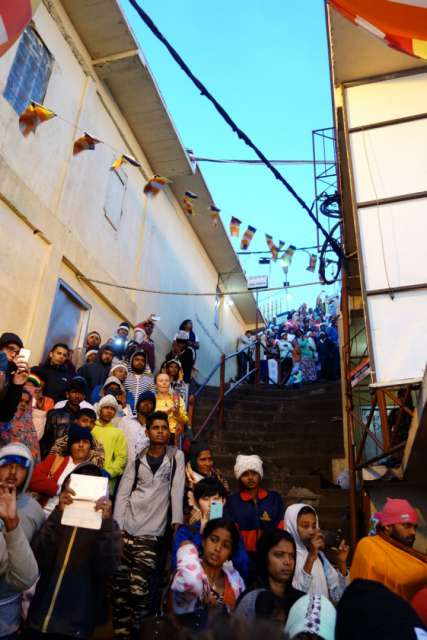
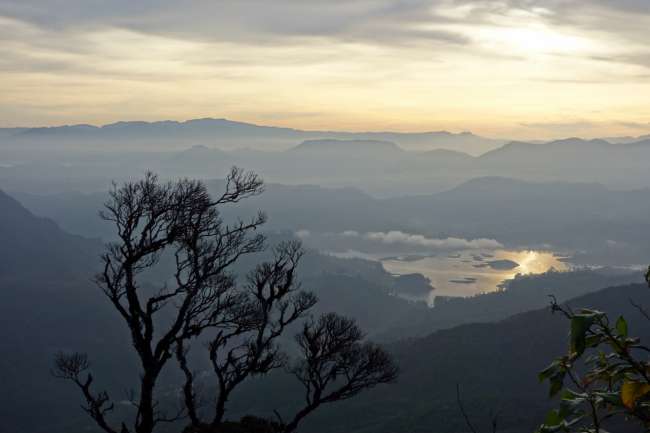
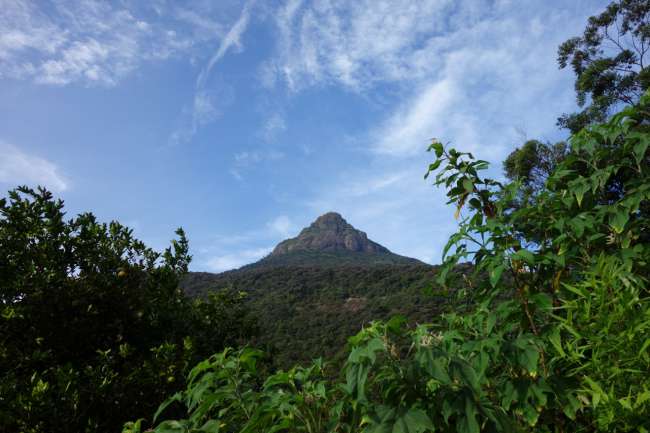
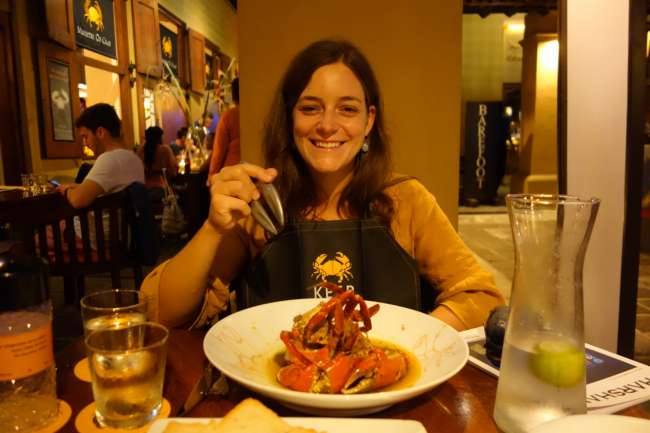
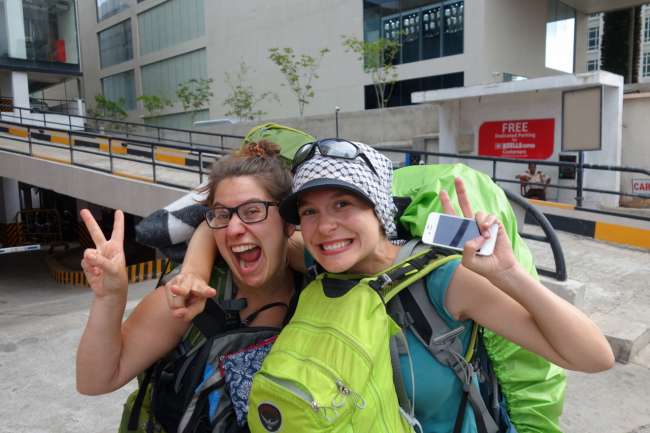
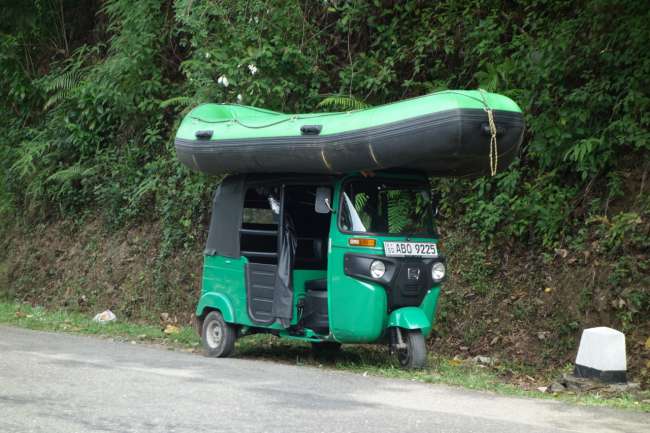
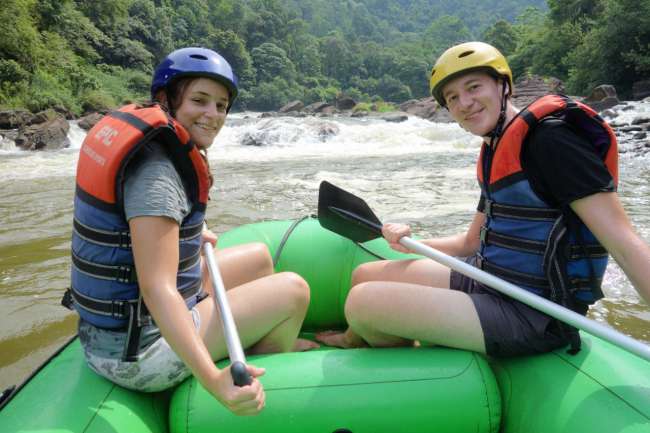
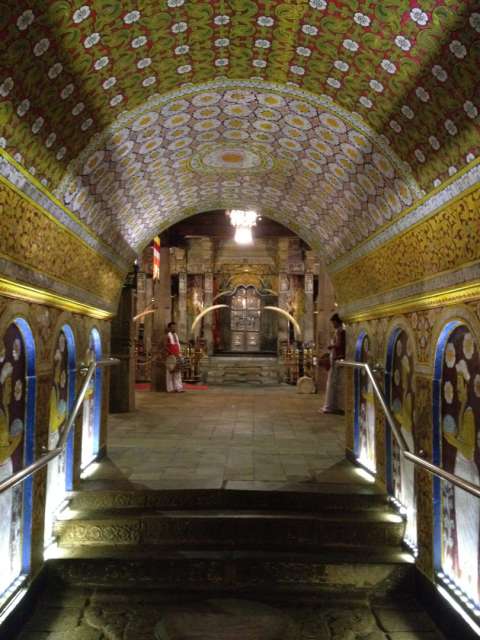
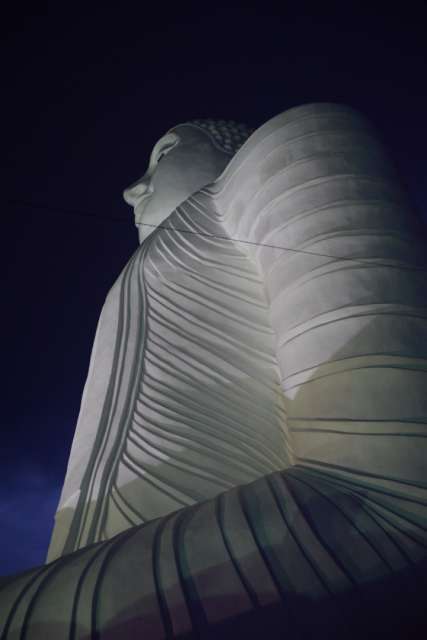
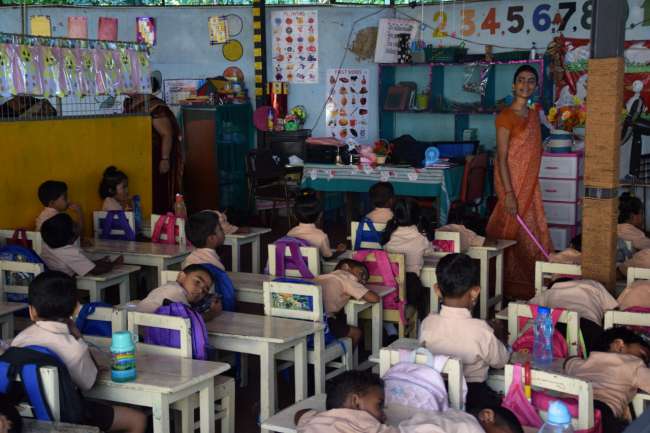
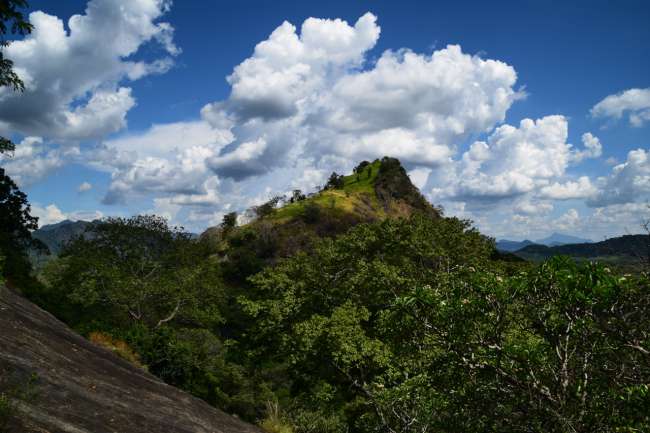
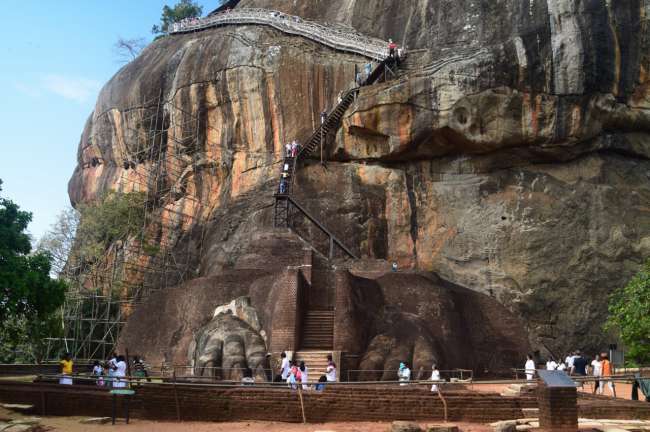
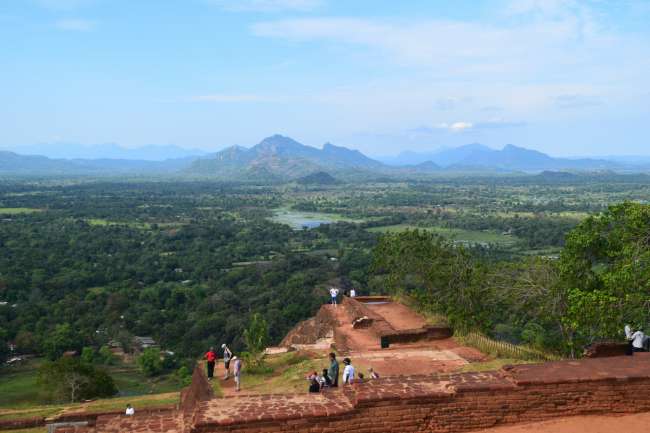
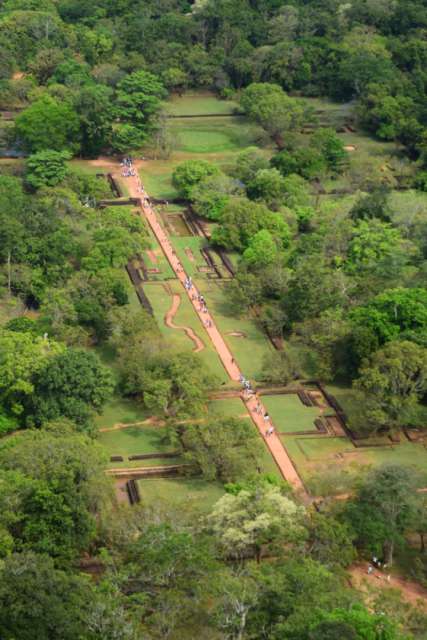
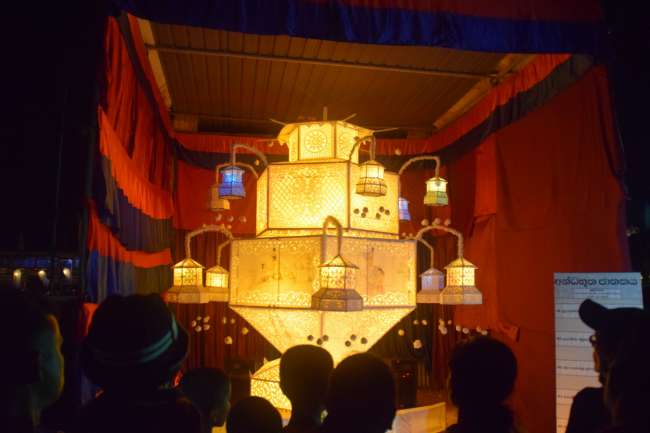
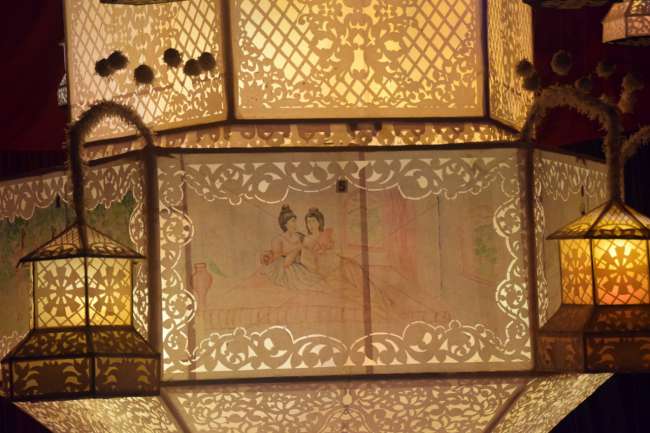
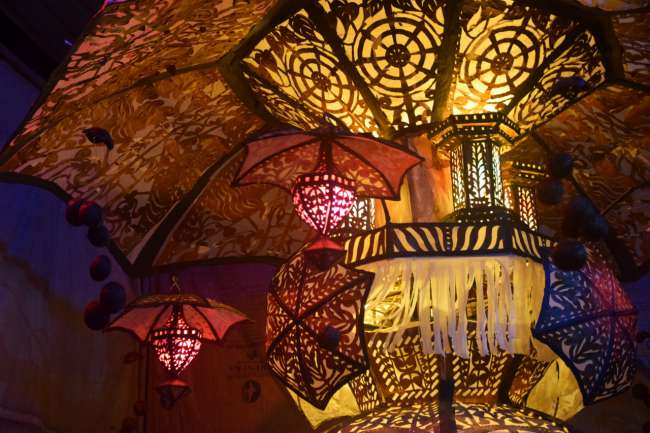
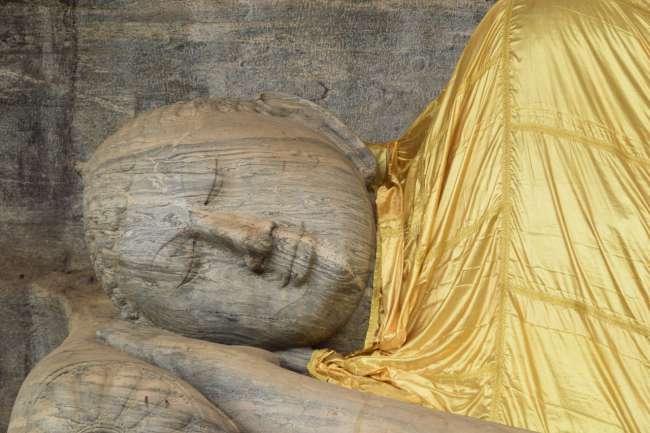
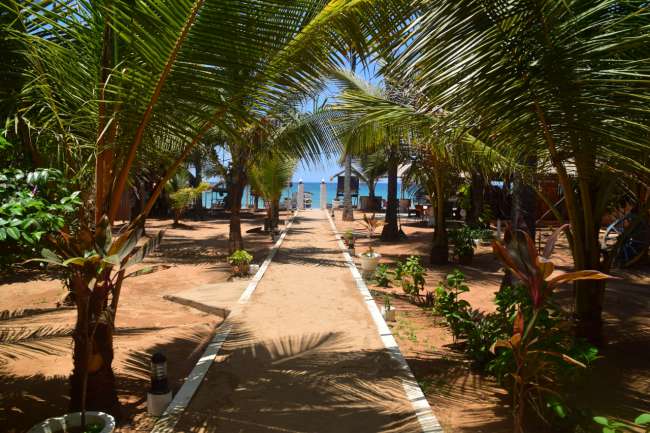
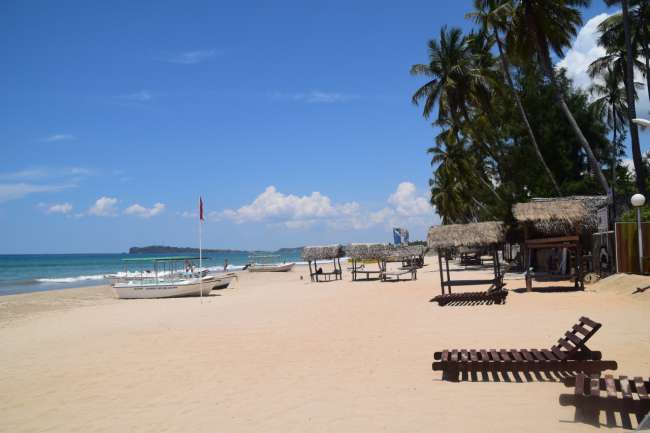
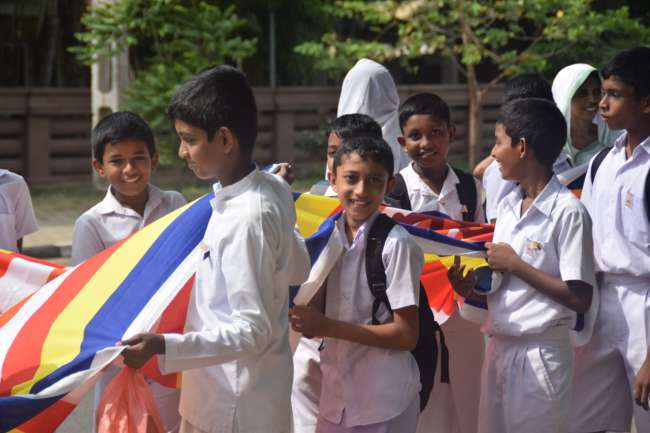
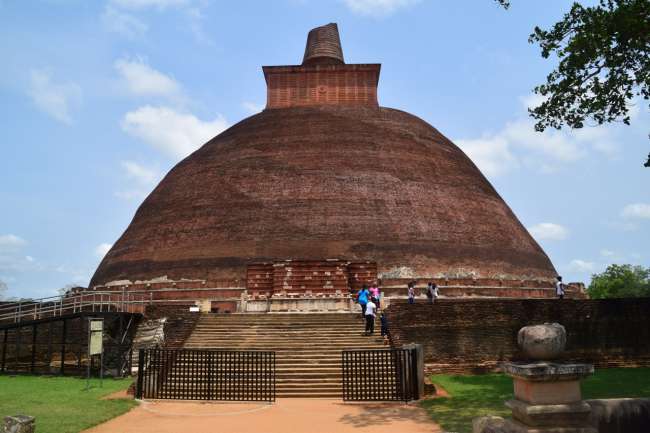
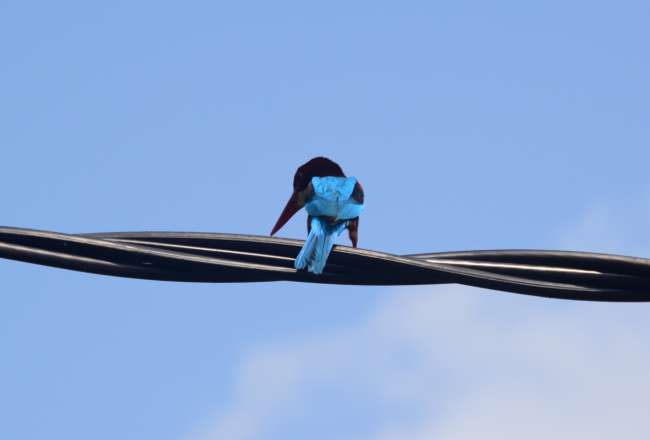
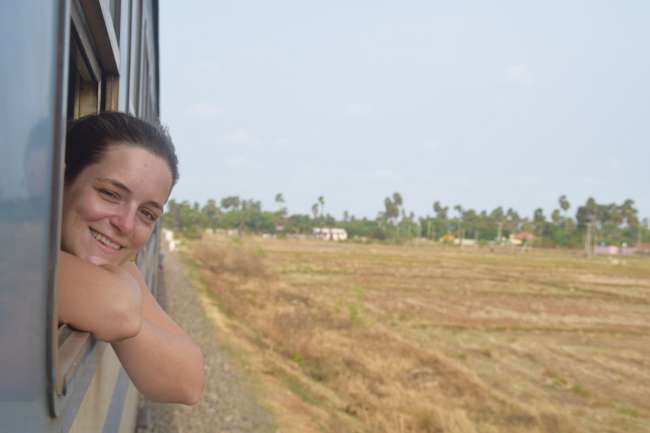
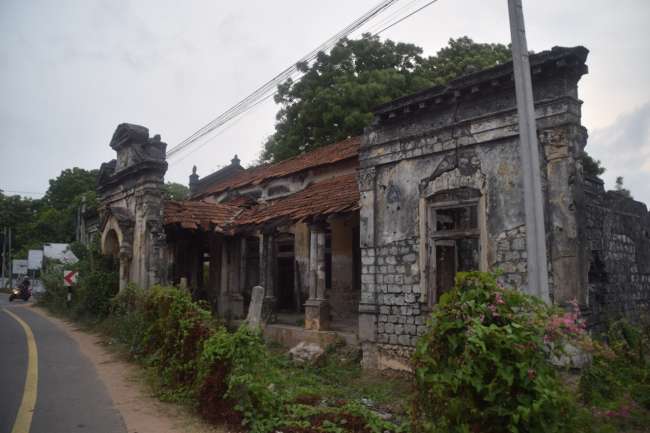
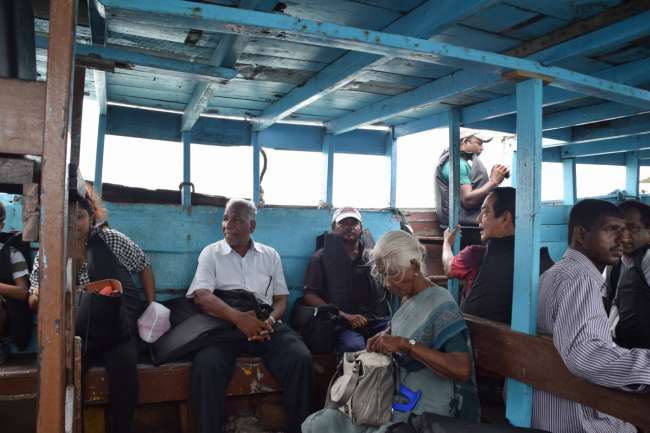
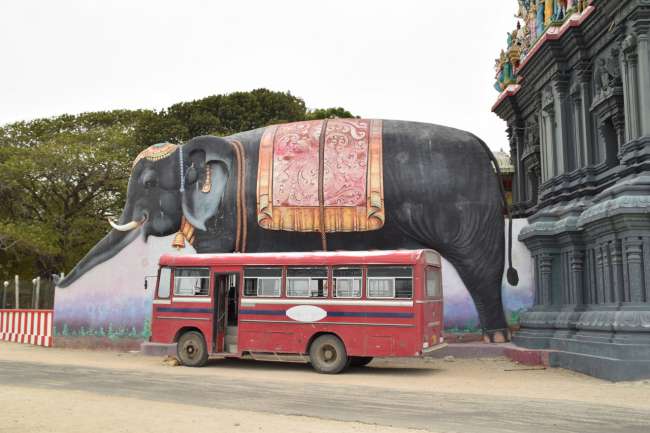
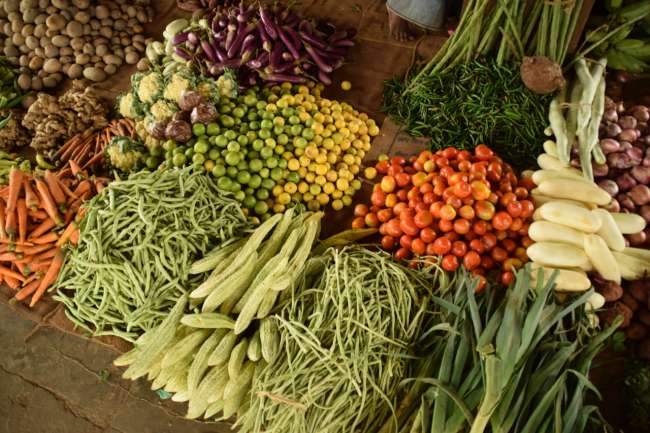
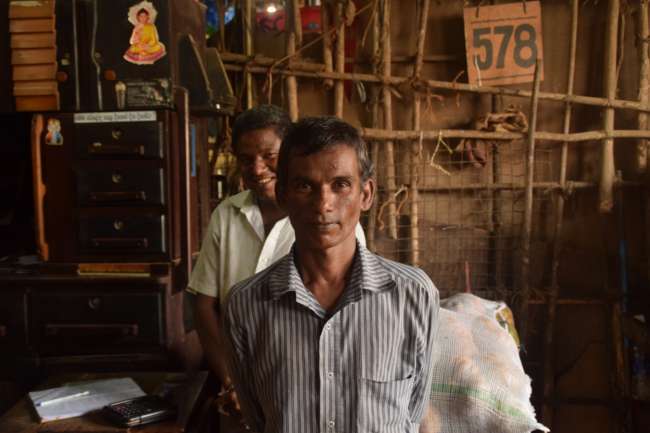
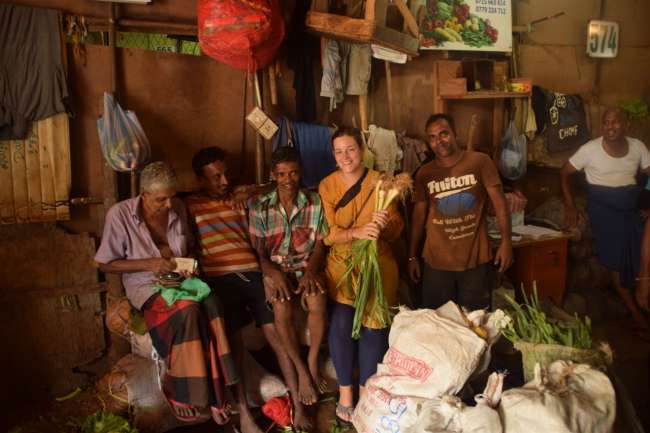
വാർത്താക്കുറിപ്പിലേക്ക് സബ്സ്ക്രൈബ് ചെയ്യുക
It was not easy to select photos from the past few weeks. Despite its small size, the island is extremely versatile and diverse. Let us tell you about the deep green landscapes and enchanting beaches that turned our planned two weeks into six.
When we arrived in Colombo, it was still Tamil New Year. Everything was closed and we drove through eerily empty streets. What a contrast to bustling India! The only restaurant open for miles was Pizza Hut, where we ate pizza all by ourselves.
The next morning, we took the first train heading south. We immediately fell in love with train travel in Sri Lanka. The train stations, conductors, and trains seem to be straight out of a picture book. The train traveled along the coast to the south. In Galle, it looked so beautiful that we spontaneously decided to get off here.
The city had been colonized by the Portuguese and Dutch, who built a huge fort around the entire city. The city is full of beautiful colonial buildings, including an iconic lighthouse. Because it was still the weekend after New Year, the town was full of Sri Lankans from the capital. The beach was narrow and crowded.
Then we continued south to Mirissa. In this beach town, we discovered Sri Lankan 'cheap food' called Kotthu. It involves a pancake being chopped into small strips with loud drumming on a griddle and mixed with fresh vegetables. These so-called Roti shops are a common type of restaurant and can be found everywhere. Of course, there was also delicious seafood and fresh tuna by the sea.
But we came mainly for the blue whales. Especially in April, these giants gather in a deep sea trench close to the coast, and you can go on a boat to observe them. As soon as the crew spotted one, a race against time began, as the animals dive - after taking a breath - for up to 20 minutes. We were actually able to observe some of these impressive creatures, and one even came very close. Spinner dolphins followed us on the way back. These funny animals get rid of parasites by spinning around their own axis in the air like screws.
We then took a bus further south to the small village of Talalla. Mass tourism has not yet arrived here. The beach is completely unspoiled, but there are a number of guesthouses near the beach owned by families. In such accommodations, you should eat as often as possible since the 'housemothers' cook fabulous Rice & Curry. These consist of huge plates of rice accompanied by 5 or 6 curries. Highlights included pumpkin curry, dhal, okra, green mango, or even stinky fruit curry. The elaborate preparation usually starts shortly after noon. The waves at the beach could unexpectedly become very high, which is why we got carried away for a while. We liked Talalla so much that we stayed a little longer.
In the south, we also went on a jeep safari to Yala National Park. There, we saw wild elephants, lots of water buffalos, birds, mongooses, and even a leopard and a sloth bear (like Baloo). We enjoyed the safari so much that we went on two more to Bundala and Uda Walawe National Parks on the following days. Bundala is known for its variety of birds and Uda Walawe for its herds of elephants.
The area is quite hot and humid, so we needed some cooling off. That's why we went to the mountains to the tea village of Haputale. There, we could hike in the tea plantations and visit the first factory owned by Thomas Lipton, which is now state-run. Around 20 tons of tea brought by the hundreds of female tea pickers from the surrounding plantations are processed there every day on ancient facilities. This hard work is still done by Tamil women. They earn around 700 rupees per day (4.50 CHF). The factory operates clinics and schools directly in the plantation. The finished tea is sorted into different qualities and auctioned in Colombo, e.g., sold for Lipton tea bags.
From Haputale, an old railway line leads to Colombo. The British built it during colonial times for transporting tea. Today, the route passes through hours of brightly green tea plantations. Trains are so rare that we could take a nice walk on the tracks. Also starting from Haputale, we set off early in the morning (4am!) to Horton Plains together with a Czech couple. In this nature park, you can hike to an impressive rock formation called World's End. On good days, you can supposedly see all the way to the sea. The Czech used the romantic setting at the end of the world to propose to his girlfriend. We were all touched.
We then continued to Nuwara Eliya via Ella, where we could visit more tea factories. Bus travel in Sri Lanka is adventurous. Old Indian buses dash - honking continuously - over the asphalt, and all other vehicles dutifully make way. The drivers have devised clever levers on their steering wheels, allowing them to honk with both hands at any time. In the seating hierarchy, we were right after pregnant women and monks.
Two winding bus rides later, we arrived at Adam's Peak. The mountain is sacred to Sri Lankans of all religions. Buddhists (Sinhalese) believe that the footprint on the summit must have belonged to Buddha, while Hindus (Tamils) think it belonged to Shiva, and Christians believe it belonged to Adam. Everyone happily pilgrims together for about 3 hours to the miscellaneous temple on the summit, symbolizing understanding among religions. We had to set off at 2:30am to witness the sunrise. From afar, you can see the path of lights along the 5200 steps to the summit. We would feel the aftereffects for several days.
We realized that we hadn't seen enough of Sri Lanka yet. That's why we had to return to the capital to extend our visa. We also found out that Lisa was coincidentally traveling through Sri Lanka with a colleague - and this discovery had to be celebrated. The visa process took only one morning, and the next day, we had lunch and chatted together.
Since Andrea had discovered her love for crabs on the coast, we absolutely had to go to the best crab restaurant in town - the Crab Ministry. The wok-fried crab was simply delicious. You can spend half the evening delicately extracting the meat.
Next, we headed back to the mountains to Kitulgala for river rafting. On the river, you pass the place where the legendary 'Bridge on the River Kwai' from the movie stood. Then we went to Kandy, where you can visit the Tooth Temple, which is said to contain a canine tooth of Buddha. If you queue politely, you can look at the tooth shrine for about one second. But it was so beautiful that we lined up again.
Suddenly, Andreas' camera gave up, and we had to wait to see if we could get a spare part from Colombo and get it repaired. Unfortunately, they didn't have it either, so Andrea is now the proud owner of a new Nikon DSLR camera, which she - after some cursing - has become quite adept at using.
With that, we were ready to climb the Sigiriya Rock. This distinctive monolith is an important pilgrimage site. After the exertions on Adam's Peak, this ascent was a piece of cake. The next day, we had no problem embarking on a bike tour of the Polonnaruwa temples. It was fascinating to see believers pilgrimage to these ruins and decorate them with flowers. The highlight was the Vesak festival in the city in the evening. On a large square, people had set up numerous giant illuminated paper lanterns that spun to loud music. There was also free food and drinks.
Because we hadn't been at the sea for nearly 2 weeks, we quickly headed to the east coast. Tourism is even less developed in this former war zone. We stayed in the former local headquarters of the UN, which is now a beach hotel owned by a former employee - a Swiss woman. The beaches are beautiful, and Andrea (especially) got a little tan.
We then passed through the temple city of Anuradhapura all the way to the former Tamil Tigers stronghold of Jaffna in the extreme north. There are few tourists here, and everywhere we went, we attracted some attention. Even in the middle of the city, there are still many bombed buildings, and whole areas outside the city are deserted. The people are sociable, and every other person has a cousin or 'brother' in Switzerland and was very friendly towards us. We used a scooter to explore the surrounding islands and beaches. Of course, we also tried the famous Jaffna crab curry.
Eventually, we had to say goodbye to Sri Lanka and spent the last two days in Negombo by the sea, enjoying one last crab to break the habit. During the last few days, the monsoon had begun. Although people were prepared, the rain was unusually heavy. I had never seen such heavy rain, and fortunately, we weren't in the area around Ratnapura, where 453 mm of rain fell in 3 days. Rivers overflowing and mudslides claimed over 200 lives, and half a million people had to temporarily leave their homes. Fortunately, we were not affected at the beach. Once again, it was a pity how nature puts obstacles in Sri Lanka's path in its first peaceful years after the devastating tsunami in 2004.
വാർത്താക്കുറിപ്പിലേക്ക് സബ്സ്ക്രൈബ് ചെയ്യുക
ഉത്തരം (1)
Harald
Hallo Andrea und René, da habt Ihr ja tolle Sachen erlebt. Ich beneide Euch ein klein wenig...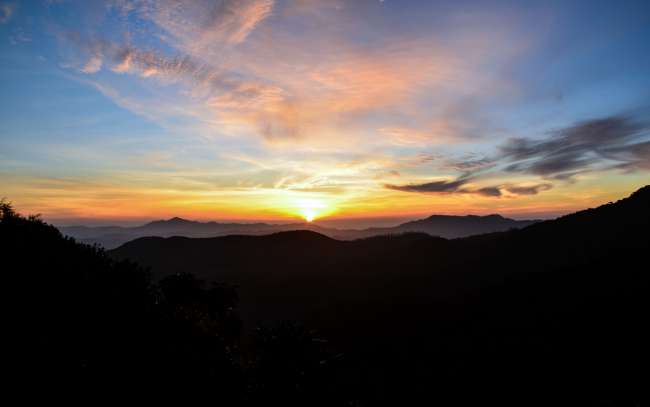
യാത്രാ റിപ്പോർട്ടുകൾ ശ്രീ ലങ്ക
